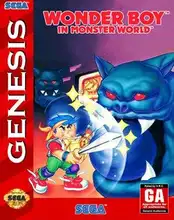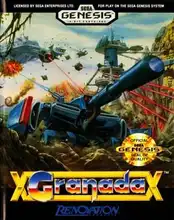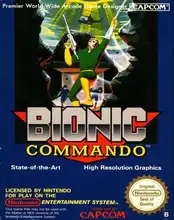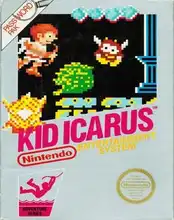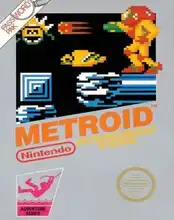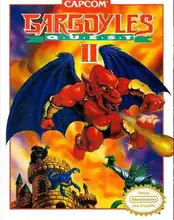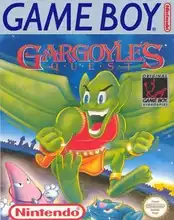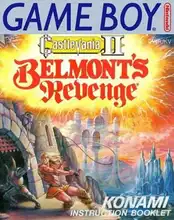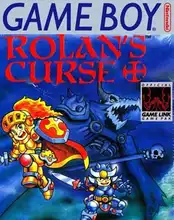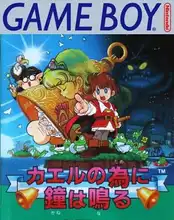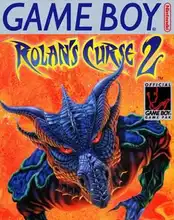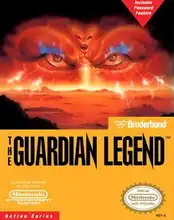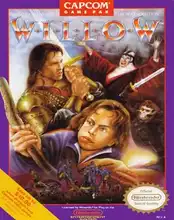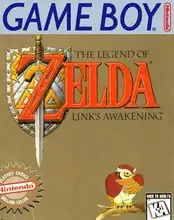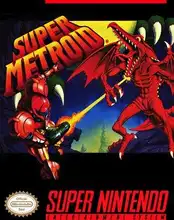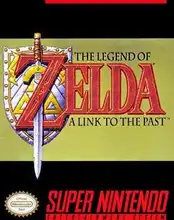Retro Action Adventure Games: Blending Combat, Puzzles, and Pixelated Worlds
Step back in time with me, won't you? Before sprawling open worlds and cinematic cutscenes, there was a magical blend of exploration, puzzle-solving, and thrilling combat that defined a burgeoning genre: Action Adventure. In the pixelated past, these games didn't just tell stories; they invited you to live them, sword in hand, key in pocket, navigating treacherous dungeons and mysterious lands.
This wasn't just about mashing buttons or figuring out obtuse riddles. Retro Action Adventure games demanded both quick reflexes and sharp wits. They were pioneers, mixing the best parts of pure action titles with the narrative depth and item-based progression of adventure games. Let's take a nostalgic dive into what made these classics tick and why they still hold a special place in our hearts.
What Exactly IS Retro Action-Adventure?
Defining Action Adventure can feel a bit like trying to catch a digital dragon – it's a broad category! But at its core, especially in the retro era, it meant games that combined:
- Physical Challenges: Combat, platforming, dodging traps – elements requiring player skill and timing.
- Adventure Elements: Exploration of interconnected environments, collecting items, using tools, interacting with characters, and solving puzzles.
- Goal-Oriented Progression: Moving towards a specific objective (like finding a chalice, rescuing a princess, or saving the world) rather than just chasing a high score.
Think of it as a game where you needed to fight monsters and figure out how to open the locked door they were guarding, using an item you found three screens back.
The Retro Roots: Where the Journey Began
The seeds of Action Adventure were sown surprisingly early. While text adventures paved the way for exploration and puzzles, adding action was the game-changer.
Consider the Atari 2600 classic, Adventure (1980). Yes, that blocky, seemingly simple game was a true pioneer! It featured a navigable world across multiple screens, items to collect and use (like keys and a sword), enemies (dragons!) to confront, and a clear goal (finding the chalice). It even had secrets, including arguably the first widely known video game Easter egg. It was a revolutionary step for console gaming, showing that home systems could offer more than just arcade ports.
Other early examples like Superman (1979) and Castle Wolfenstein (1981) on PC also blended traversal, item use, and confrontation, laying down foundational ideas for the genre's future.
The Hyrule Influence: Zelda and Beyond
While others experimented, one series truly codified the top-down Action Adventure formula: The Legend of Zelda (1986) for the NES. Shigeru Miyamoto's masterpiece wasn't the first, but it was arguably the most influential.
Zelda perfected the loop: explore a vast overworld, find dungeons, solve environmental puzzles using newly acquired items (bombs, boomerang, hookshot!), defeat bosses, and get stronger. It had a sense of mystery and discovery that felt genuinely epic. The combination of simple combat, clever item usage, and non-linear exploration set a standard that countless games, often dubbed "Zelda-likes," would follow across generations. Games like Neutopia on the TurboGrafx-16 or Final Fantasy Adventure on the Game Boy (which leaned more RPG but had clear Zelda inspiration) owe a huge debt to Link's original quest.
More Paths to Adventure: Other Early Flavors
The Action Adventure genre wasn't confined to top-down views. The '80s and '90s saw incredible diversity:
- Side-Scrolling Hybrids: Games like Metroid (1986) and Castlevania (1986) on the NES started blending platforming and combat with exploration and ability-gating, eventually giving rise to the beloved "Metroidvania" subgenre. Finding a new power-up that let you access previously unreachable areas? Pure retro action-adventure genius.
- Isometric Views: Titles like Landstalker (1992) on the Genesis offered a different perspective, challenging players with tricky platforming and combat in detailed, explorable worlds.
- Early 3D Explorers: As consoles evolved, so did the genre. Games like Alone in the Dark (1992) and Tomb Raider (1996) brought exploration, puzzles, and combat into the third dimension, laying groundwork for modern classics.
Each offered a unique take on the core loop of exploring, overcoming obstacles (both physical and mental), and progressing through a defined world.
Why We Still Love Them
There's a certain magic to these old Action Adventure games. Maybe it's the simpler mechanics that are easy to grasp but hard to master. Maybe it's the charm of pixel art or early 3D graphics. Or maybe it's the pure sense of accomplishment that comes from finally beating a tough boss or figuring out that one frustrating dungeon puzzle you were stuck on for days (or weeks!).
They represent a time when game worlds felt vast and mysterious, encouraging players to draw maps, share secrets with friends, and truly get lost in the adventure.
Playing Retro Action-Adventure Today
Feeling the itch to revisit these classics or discover them for the first time? Luckily, it's easier than ever.
Many retro Action Adventure gems are available digitally on platforms like GOG.com, often enhanced to run on modern PCs. Emulation is another popular route for console classics, allowing you to experience games as they were (though always ensure you own the original game!). For truly vintage PC titles, DOSBox is your best friend, and sites like Archive.org offer a treasure trove of playable history.
FAQ
Q: What's the main difference between Action and Action-Adventure games? A: Pure action games focus primarily on combat and reflexes (like a shoot 'em up or fighting game). Action-adventure adds significant elements of exploration, puzzle-solving, item collection, and story progression, which are core to adventure games.
Q: Is The Legend of Zelda the first Action-Adventure game? A: While incredibly influential and a defining example, The Legend of Zelda wasn't the absolute first. Earlier games like Atari's Adventure (1980) and others had already blended action and adventure elements, but Zelda popularized and refined the top-down formula.
Q: Are Metroidvania games considered Action-Adventure? A: Yes! Metroidvania is a very popular subgenre of Action Adventure, characterized by a large, interconnected map that requires backtracking and using newly acquired abilities to access new areas.
Conclusion
The retro era of Action Adventure games gave us some of the most memorable and influential titles in gaming history. They taught us the thrill of discovery, the satisfaction of overcoming challenges with both brawn and brains, and the joy of getting lost in a richly designed world, even one made of pixels. These classics weren't just games; they were journeys, and their legacy continues to inspire new adventures today.

